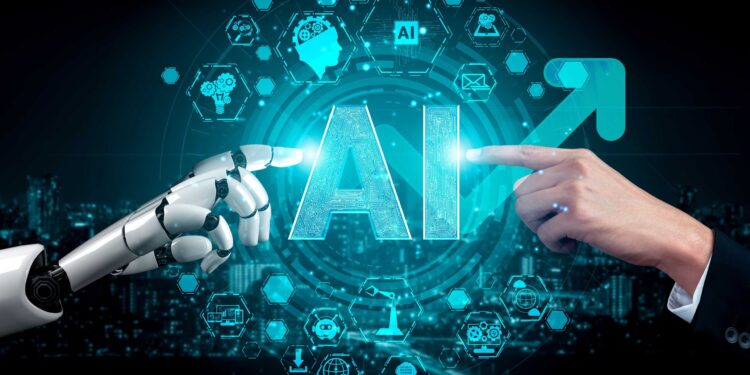Artificial intelligence has become synonymous with progress, powering search engines, content generation, and even climate research. Yet, behind the innovation lies an uncomfortable truth: AI systems consume enormous amounts of electricity, raising ethical questions about sustainability and responsibility.
The same models that drive creativity and efficiency are also contributing to rising global energy demand. As companies race to build larger and more capable models, the environmental toll of maintaining vast data centres has become harder to ignore.
How AI Consumes Power
Training and running advanced AI systems require extensive computing resources. Each large language model is trained on thousands of GPUs, running continuously for weeks or months. This process requires megawatts of power sufficient to supply thousands of homes.
According to recent estimates, training a single cutting-edge model can emit as much carbon as five cars over their entire lifetimes. Even after deployment, AI applications remain energy-intensive, as millions of users interact with models daily through cloud infrastructure.
In regions where electricity still relies on fossil fuels, these demands directly translate into higher carbon emissions, amplifying the global debate over technology’s environmental footprint.
The Ethical Divide: Progress vs. Planet
Supporters of AI argue that technological progress inevitably comes with trade-offs. They see AI as a transformative force capable of reducing inefficiency, improving renewable energy forecasting, and accelerating scientific discovery.
But critics say this narrative overlooks a deeper issue: moral accountability. If AI developers benefit from global adoption, they must also bear responsibility for its environmental impact. The question is no longer whether AI is useful; it’s whether the world can afford its current pace of growth without stronger sustainability measures.
There is also a question of equity. Most AI models are trained in data centres concentrated in wealthy countries, yet their environmental consequences often affect poorer, climate-vulnerable regions.
Efforts to Create a Greener AI
Leading AI firms are beginning to acknowledge this challenge. Many are investing in renewable-powered data centres and more energy-efficient chips. Some have committed to achieving carbon neutrality across operations within the decade.
Research groups are also experimenting with methods to reduce energy use during training, from optimising algorithms to recycling pre-trained models instead of building new ones from scratch. Smaller, domain-specific models are being explored as lighter, more sustainable alternatives to massive general-purpose systems.
However, progress remains uneven. The AI industry’s competitiveness often prioritises speed and performance over energy ethics, and sustainability commitments are still voluntary rather than regulated.
Accountability in the Age of Algorithms
The ethical question extends beyond carbon emissions. As AI systems become embedded in global infrastructure, transparency about energy consumption is emerging as a key concern. Policymakers and advocacy groups are urging companies to publicly disclose the power requirements and emissions linked to major model deployments.
There is also growing pressure for AI developers to justify whether every leap in model size and complexity is truly necessary. Bigger does not always mean better, and in an era of environmental urgency, restraint may be as important as innovation.
Rethinking What “Smart” Really Means
AI’s intelligence is often measured by its capability: how well it predicts, generates, or adapts. But in the long run, a truly intelligent system might also be one that learns to coexist sustainably with the planet that powers it.
As the world enters a new phase of AI expansion, the ethical debate around energy use will only intensify. The next frontier of AI may not be about raw computational power, but about how responsibly that power is used.











